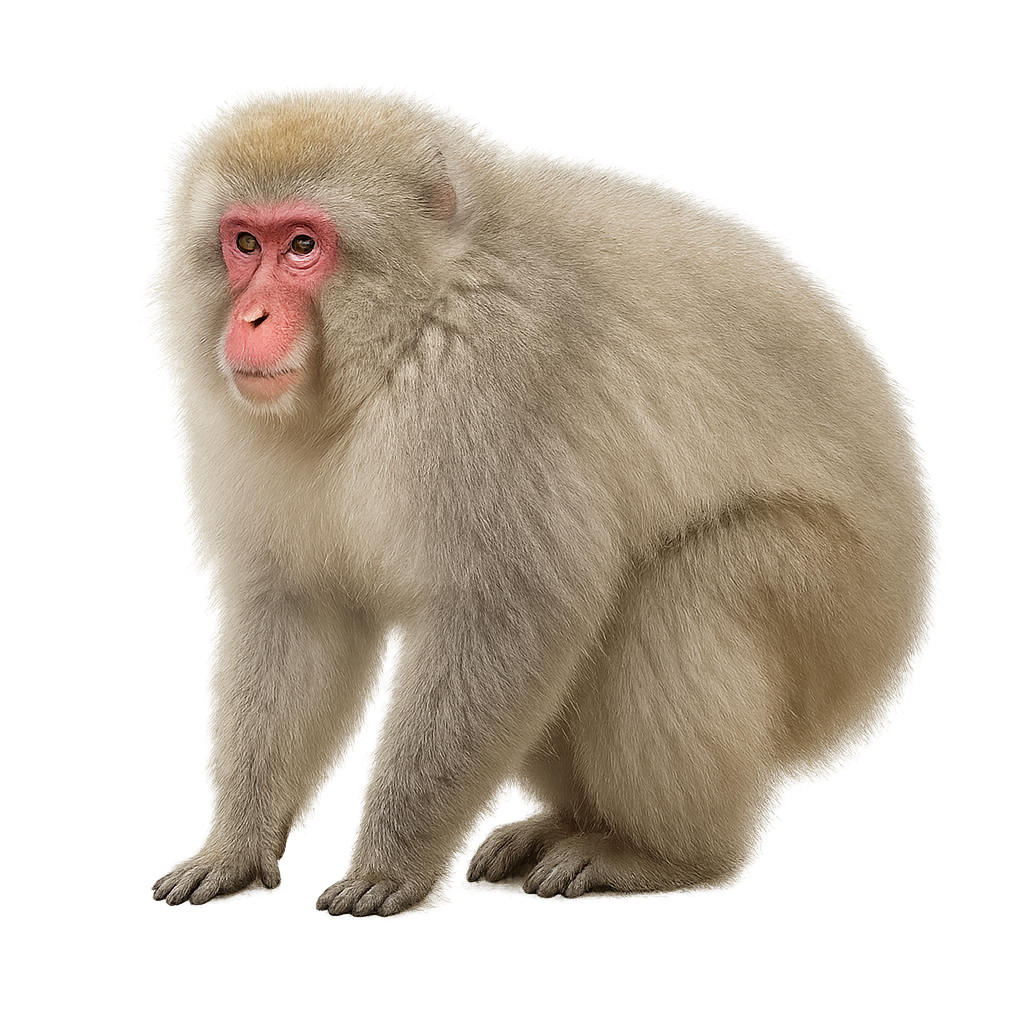Observe and photograph a species in its natural habitat
Learn where and when to observe a species in the wild, how to recognize it in the field, and what habitats it lives in. Get photography tips adapted to its behavior and capture stunning images without disturbing the animal. For full details, open the complete profile in the WildlifePhotographer app.
Japanese macaque
Scientific name: Macaca fuscata

IUCN Status: Least Concern
Family: CERCOPITHECIDAE
Group: Mammals
Shyness: Suspicious
Safe distance: 20 m
Breeding season / Courtship: 01.11-28.02
Gestation: 5 à 6 mois
Births: 01.05-31.07
Habitat:
Mountain forests, temperate and cold regions of Japan, often near hot springs
Description:
The Snow Monkey, also known as the Japanese macaque, is a species of primate primarily found in the mountains and snowy regions of Japan. It measures about 50 to 60 cm in length, with a tail of 20 to 25 cm, and weighs between 10 and 14 kg. Its fur is dense and thick, typically brown or gray, with a reddish face that becomes more pronounced in males, especially during the breeding season. The Snow Monkey lives in complex social groups and is especially known for its social behaviors, notably bathing in hot springs during the winter, which has become one of the most iconic images of Japan. It primarily feeds on fruits, roots, seeds, and sometimes small animals. While its population remains relatively stable, this species sometimes faces habitat loss and conflicts with human populations.
Recommended lens:
>=200 mm
Photography tips:
To photograph the snow monkey, a telephoto lens is ideal for capturing their social interactions and unique behaviors, especially when they are bathing in hot springs. The soft light of morning or evening is perfect to avoid harsh shadows and to photograph these animals when they are active at dawn or dusk. Be discreet and respect their space to avoid disturbing their routine.
Ready to take action?
Choose your platform and start your free trial today



